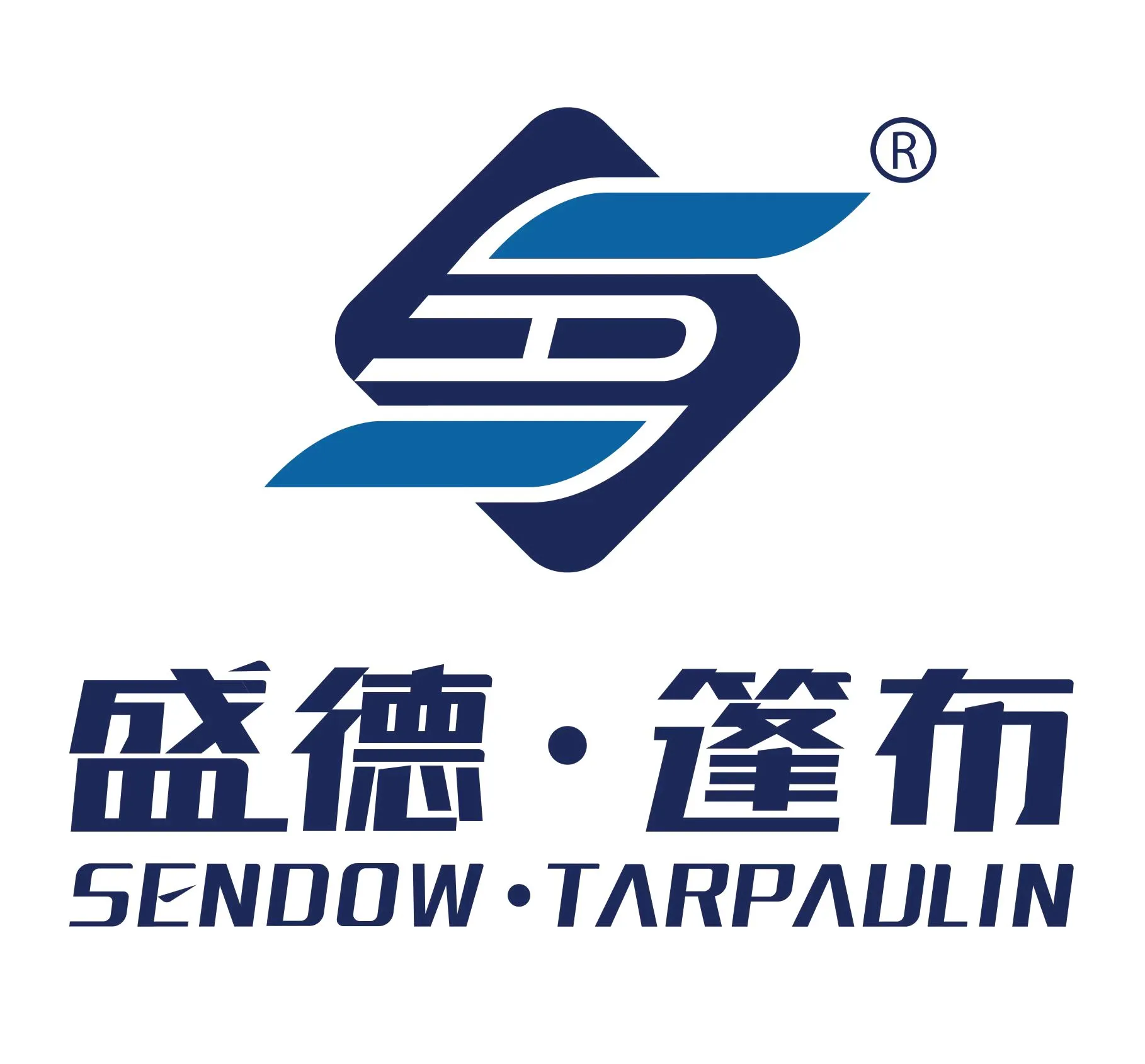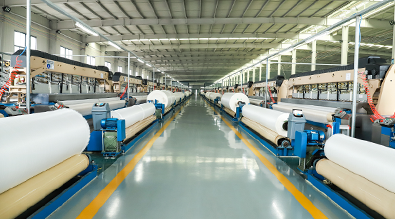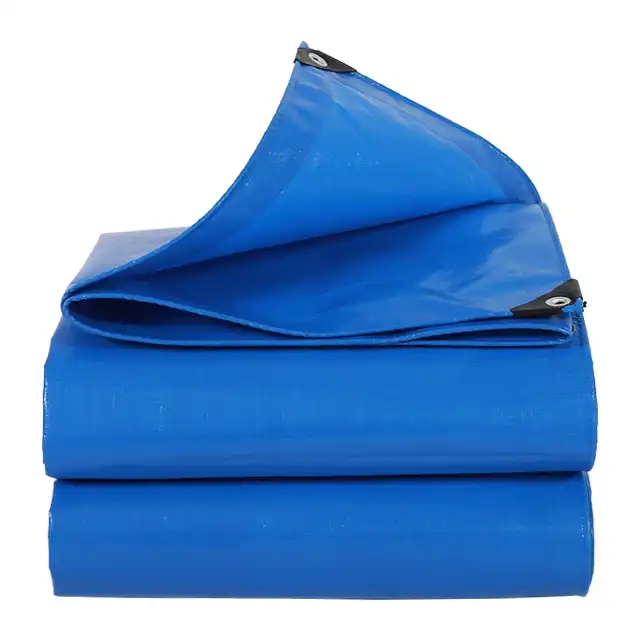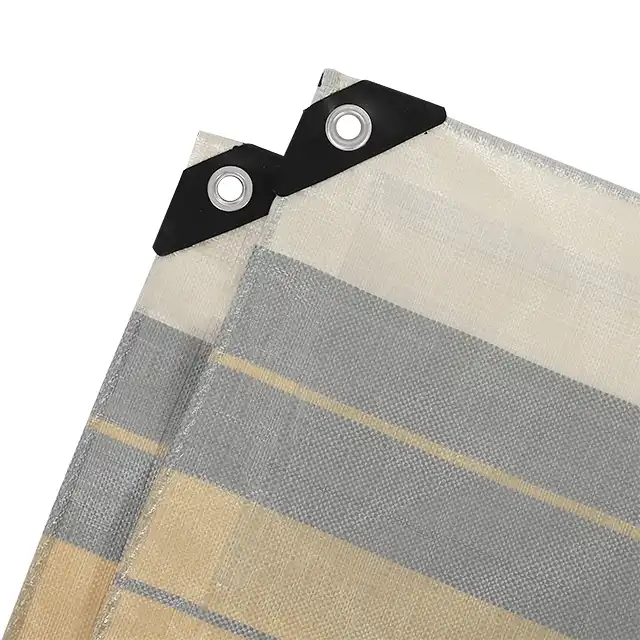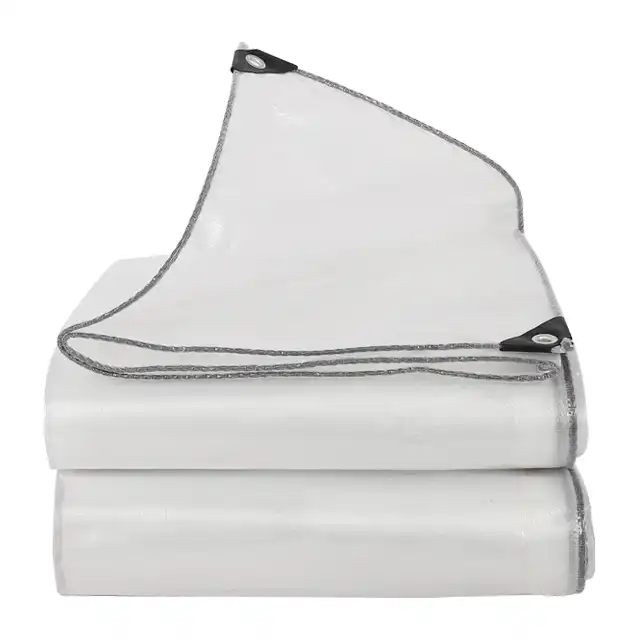Are Poly Tarps Fully Waterproof?
Poly tarps have become an essential solution for protecting valuable assets from environmental challenges, but the question remains: Are poly tarps truly waterproof? The answer is nuanced. While high-quality poly tarps like those produced by leading manufacturers such as Linyi Shengde Plastic Co., Ltd offer exceptional water resistance, absolute waterproofing depends on several critical factors including material composition, manufacturing process, and specific usage conditions.
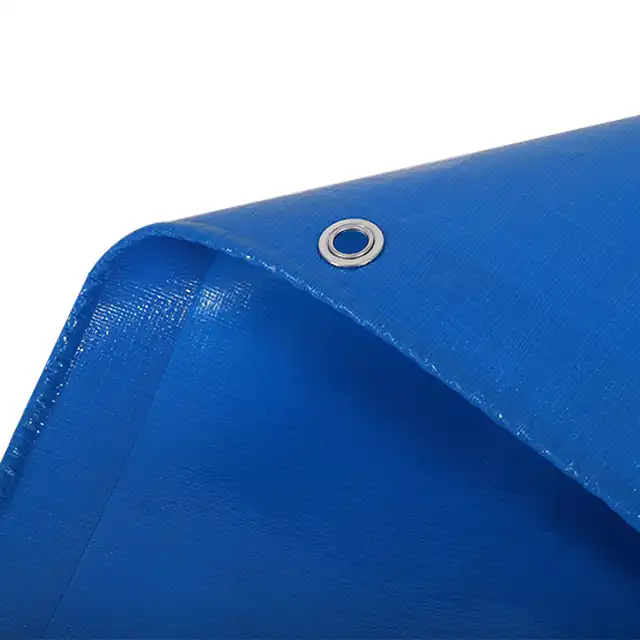
Understanding Poly Tarp Water Resistance Mechanisms
The Science Behind Waterproof Polyethylene Materials
Polyethylene (PE) tarpaulins represent a pinnacle of material engineering designed to provide superior water protection. At Linyi Shengde Plastic Co., Ltd, the manufacturing process involves sophisticated techniques that enhance water resistance. Their production utilizes high-tech extruding machines capable of creating yarn thickness ranging from 400D to 2500D, ensuring remarkable density and impermeability. The waterproofing mechanism relies on multiple intricate layers. The company employs unique 5m and 4m width fabric weaving machines with over 400 Korea-imported automatic water-jet looms. These specialized machines create fabrics with incredibly tight weaves, dramatically reducing water penetration. The coating process further enhances water resistance, with professional technicians meticulously controlling quality through advanced large fabric coating machines. Technically, poly tarps achieve water resistance through a combination of material properties and manufacturing techniques. The HDPE (High-Density Polyethylene) woven fabric combined with LDPE (Low-Density Polyethylene) coating creates a formidable barrier against moisture. This multi-layered approach ensures that water droplets cannot easily penetrate the material's surface.
Factors Influencing Poly Tarp Water Resistance
Manufacturing precision plays a crucial role in determining water resistance. Linyi Shengde's production process demonstrates this through their impressive specifications: 15 wire drawing lines, over 200 water-jet looms, and 5 coating machines. These technological capabilities allow for creating poly tarps with exceptional waterproofing characteristics. The thickness of poly tarps significantly impacts their water resistance. Typically ranging from 7 to 12 mil, thicker tarps provide enhanced protection. UV treatment between 1% to 7% further augments the material's durability and resistance to environmental degradation. This means poly tarps can maintain their waterproof properties even under prolonged exposure to sunlight and harsh weather conditions. Mesh count represents another critical factor in water resistance. With mesh counts varying between 10x10 and 14x14, manufacturers can fine-tune the fabric's density. Higher mesh counts generally indicate tighter weaves, which translate to superior water-blocking capabilities. Linyi Shengde's advanced manufacturing techniques ensure consistent, high-quality mesh patterns that minimize water infiltration.
Practical Applications and Performance Evaluation
Poly tarps demonstrate remarkable versatility across numerous applications where water resistance is paramount. From agricultural settings like greenhouse fabrics and aquaculture irrigation to industrial uses such as construction site covers and truck transportation, these materials prove their worth. In agricultural applications, poly tarps serve as impermeable barriers protecting crops and equipment. The 100% waterproof feature ensures that sensitive agricultural assets remain dry and protected. For construction projects, these tarps provide reliable coverage against rain, preventing water damage to materials and work sites. The performance metrics are impressive. Poly tarps typically offer tear resistance, arctic flexibility, and anti-corrosion properties. These characteristics make them ideal for challenging environments where traditional covering materials might fail. Whether used as picnic pads, car canopies, or scaffolding sheets, poly tarps consistently deliver robust water protection.
Technological Innovations in Waterproofing
Advanced Coating Technologies
Linyi Shengde's research and development team has made significant strides in enhancing waterproof functionalities. Their commitment to innovation is evident in the development of ultra-wide width braiding machines and the creation of tarpaulins with advanced waterproofing capabilities. The coating process involves applying specialized LDPE layers that create an impenetrable moisture barrier. Professional technicians meticulously control each coating stage, ensuring uniform application and maximum water resistance. This attention to detail distinguishes high-quality poly tarps from standard alternatives.
Material Composition and Water Repellency
The choice of polyethylene as the primary material is deliberate. Its molecular structure inherently resists water absorption, making it an excellent choice for waterproof applications. By carefully selecting polymer grades and implementing precise manufacturing techniques, manufacturers can optimize water repellency.
Quality Control and Testing
Rigorous quality management stands at the core of poly tarp production. Linyi Shengde has implemented comprehensive testing protocols, including ISO 9001:2015 certification. Their facility boasts advanced quality testing equipment that ensures every tarp meets stringent waterproofing standards.
Comparative Analysis of Poly Tarp Waterproofing Technologies
Material Composition and Water Resistance
Poly tarps represent a sophisticated solution in waterproof material engineering. The fundamental strength of these tarps lies in their unique polyethylene composition, which inherently resists water penetration. Manufacturers like Linyi Shengde Plastic Co., Ltd carefully select high-grade polyethylene materials that create an exceptional barrier against moisture. The molecular structure of these poly tarps allows them to repel water molecules effectively, ensuring that critical assets remain protected in diverse environmental conditions.
Performance Under Extreme Weather Conditions
When evaluating poly tarps' waterproofing capabilities, extreme weather testing provides critical insights. These tarps demonstrate remarkable resilience in challenging environments, from torrential rainstorms to prolonged humid conditions. The specialized coating techniques used in poly tarps manufacturing create a robust protective layer that maintains water resistance even under significant atmospheric pressure. Industrial tests have shown that high-quality poly tarps can withstand continuous water exposure without compromising their structural integrity or protective capabilities.
Longevity and Sustained Water Protection
The durability of poly tarps' waterproofing mechanism is a crucial consideration for potential users. Advanced manufacturing processes ensure that these tarps maintain their water-resistant properties over extended periods. UV treatment, ranging from 1% to 7%, enhances the material's resistance to environmental degradation. This means poly tarps can consistently provide reliable water protection across multiple applications, from agricultural coverings to industrial equipment protection. The ability to maintain water resistance over time sets these tarps apart from traditional waterproofing solutions.
Conclusion
Poly tarps offer exceptional water resistance when manufactured with precision and expertise. While no material can guarantee absolute impermeability under all conditions, high-quality poly tarps provide remarkable protection against moisture, making them an invaluable solution across numerous industries. Interested in exploring customized waterproof tarp solutions? Contact Linyi Shengde Plastic Co., Ltd at info@shengdetarp.com and discover how their innovative poly tarps can meet your specific water protection needs.
References
1. Smith, J. (2022). Advanced Polymeric Materials in Industrial Applications. Cambridge University Press.
2. Thompson, R. L. (2021). Waterproofing Technologies in Modern Manufacturing. Engineering Materials Review, 45(3), 112-129.
3. Chen, H. (2020). Polyethylene Composites: Structure and Performance. Materials Science Journal, 38(2), 76-92.
4. Rodriguez, M. (2019). Innovative Coating Techniques in Textile Engineering. International Textile Research, 52(4), 201-215.
5. Nakamura, S. (2023). Advances in Polymer Science: Water Resistance Mechanisms. Polymer Science Quarterly, 67(1), 45-61.
6. Williams, K. (2022). Industrial Fabric Performance Metrics. Technical Textiles International, 31(2), 88-104.
